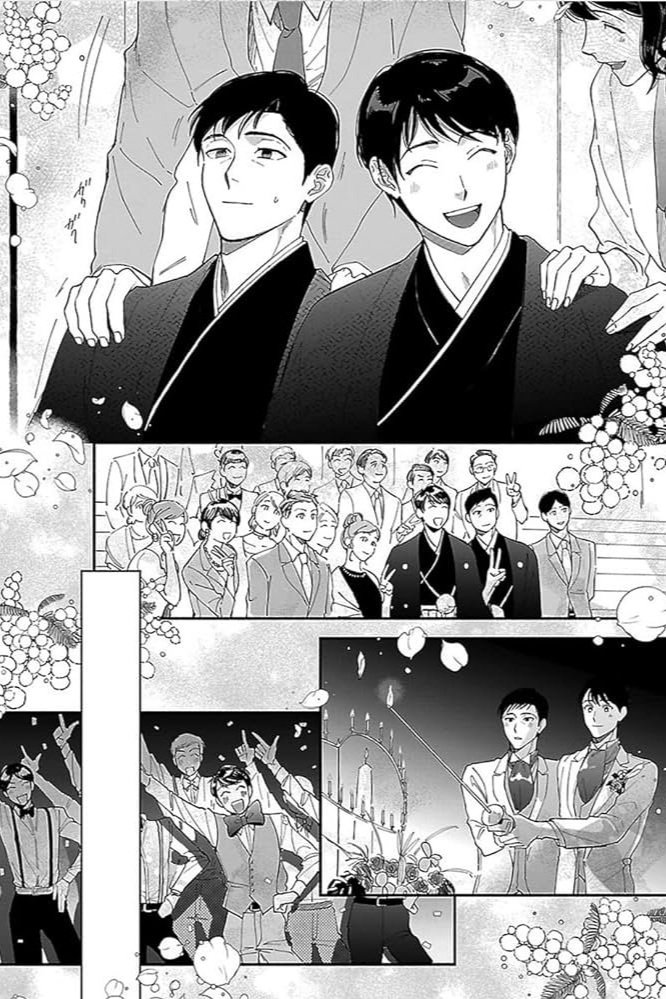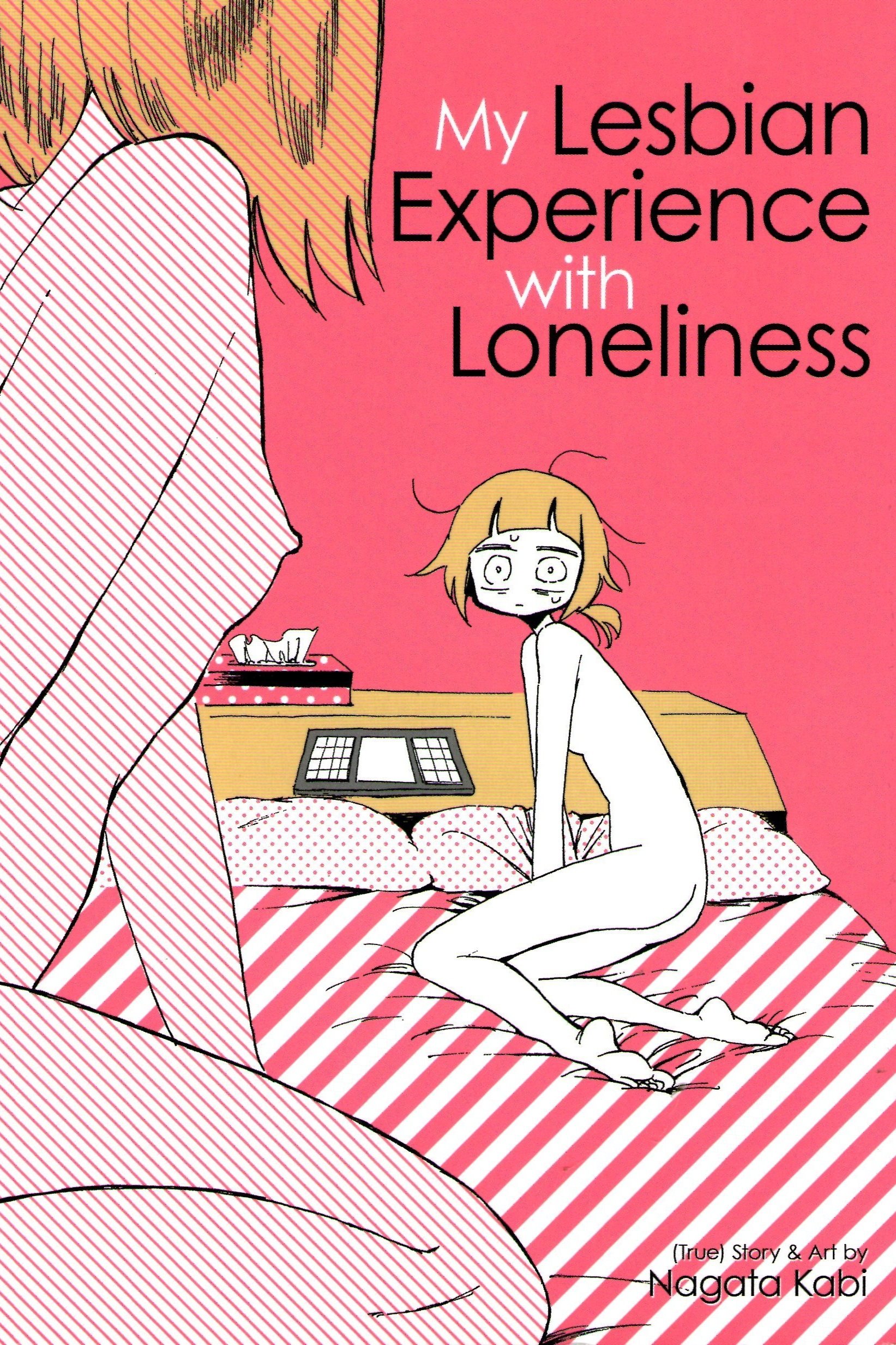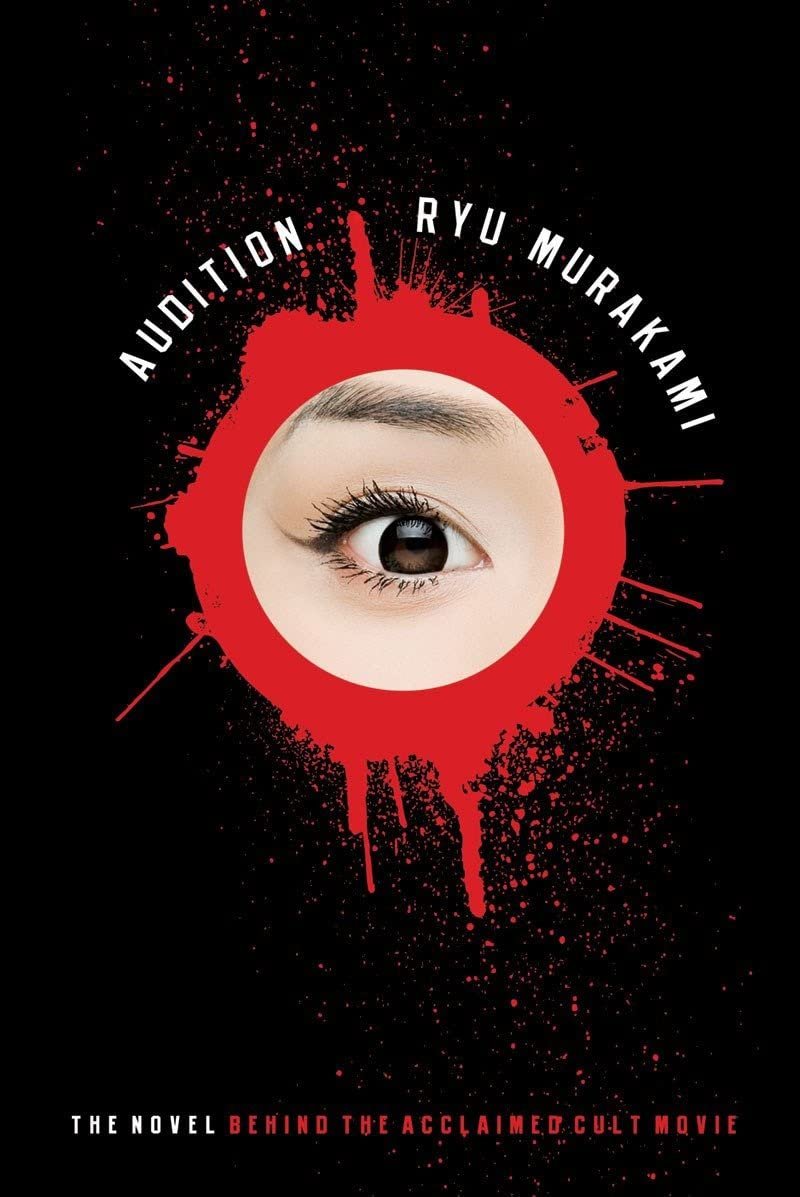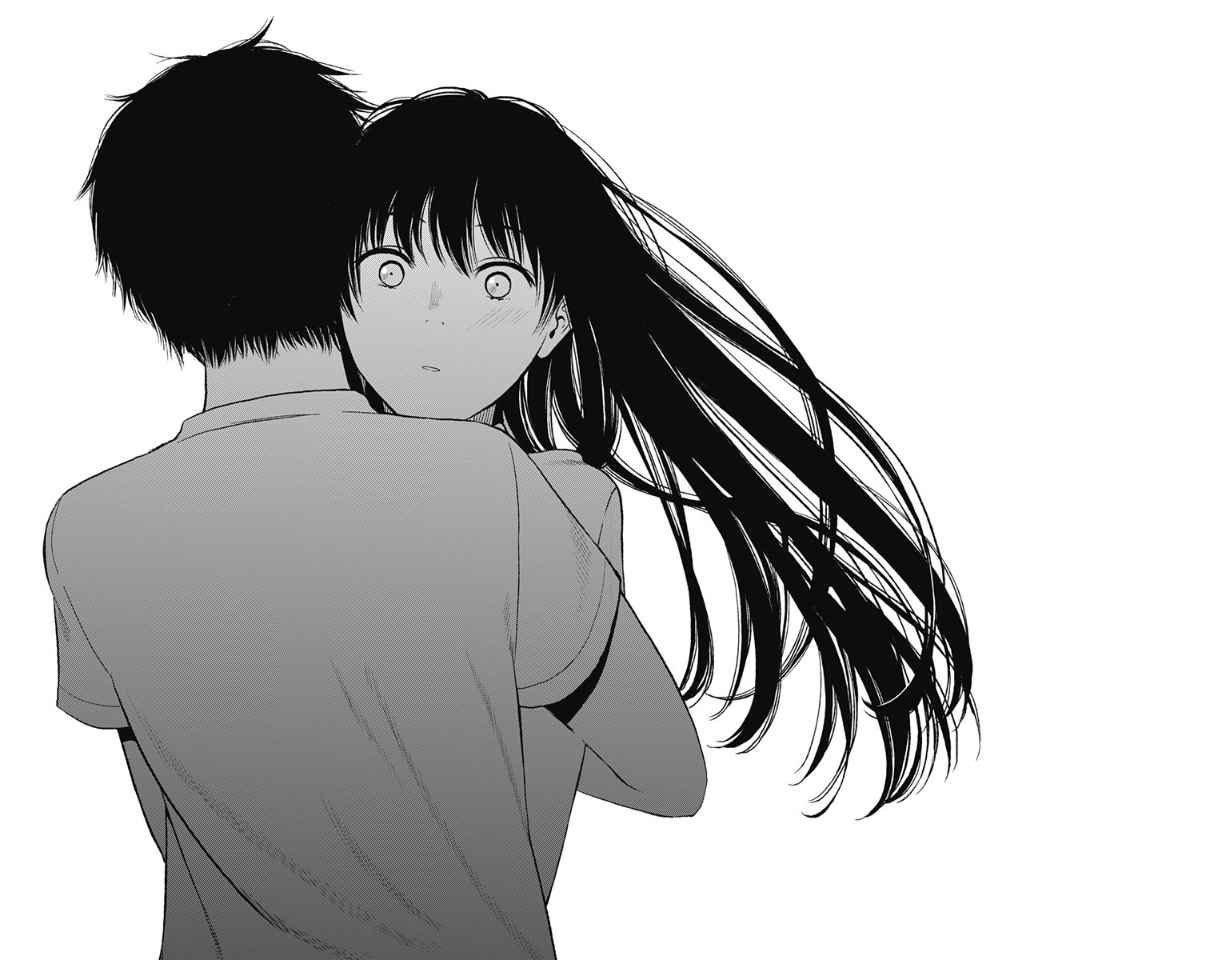The Sabukaru Guide to Queer Mangas

Like uncanonically shipping Ai Yazawa’s Nana duo as bisexual icons, queer manga readers can get desperate as an audience, not only for representation but also for good storytelling.
Queer themes in manga aren't just for the community it represents, but also for the sake of manga’s progression as a whole: it has to be good, not just queer.
The demand for LGBTQ+ manga that doesn’t just focus on steamy romances is increasing, and this kind of content matters as it bookmarks this community’s timeline in history and pop culture.
It’s important to dive into these mangas with the knowledge that LGBTQ+ issues are a theme in the manga, not specifically a genre. When it comes to genres that tackle LGBTQ+ issues and portraiture, the breakdown is much more complex as it branches out from adult content to socio-political autobiographies. It’s just as crucial to know that, just because there are queer characters, it does not make a manga necessarily “LGBTQ+-friendly”, and this logic also applies to manga promoting these topics.
It necessarily is the stance of the author and the development of the story that defines how “queer-friendly” a manga is, as plenty of authors that delve into these themes do not experience these issues firsthand and write from an observer perspective, which, inherently, is not bad, but could be root to inaccuracy, romanticization, lack of depth, or plain homophobia, transphobia, biphobia, and such.
But it would be an oblivious lie to say that there isn’t a huge pool of gay and lesbian genres available. When it comes to the Boy Love [BL] genre, also known as yaoi, it’s essentially gay softcore or milder erotica usually in a romantic context, possibly aimed more at women than an MLM [men-loving-men] audience.
BL turns out to be saccharine porn but keeps a feminine feel in comparison to other gay manga genres, like Bara.
Bara is similar in terms of substance, but the delivery is different. It leans towards masculine representation, visibly marketed towards gay men rather than women. Rather than slender, androgynous, and “beautiful” men who linger near shoujo manga art, Bara features big, hairy men, often older in age, which caters to “bear” fantasies as commonly known in the West. There is a lot of expansion beyond these two genres, but they remain the primary branches of gay genres. It’s also a category made by gay men for gay men.
Akkan Complete! by MIYOSHI Hiromi
The issue with BL is that it seems to fetishize gay men, in a voyeuristic way. While this depends widely on the story and the reader, it’s essential to remind ourselves that BL is primarily fiction that’s based loosely on real LGBTQ+ issues.
Yuri is the most popular genre that caters to lesbian and WLW [women-loving-women] manga. It is to be noted that, again, this genre does not always do justice to the WLW community as it might be filtered through victimizing or fetishizing perspectives. But generally, yuri is less popular than yaoi for the reason that straight women might find it less compelling and there only is a small demand from masculine audiences.
Run away with me, girl by Battan, 2018
With this being said, finding relevant and productive mangas that uplift the existing community rather than using it as a stepstool for juicy content is not a given. In this guide, sabukaru online has compiled 9 queer-friendly mangas, most of them written by authors of the community. Ranging from achingly dark to tearfully adorable, this category of comics is on a steady upwards curve as positivity and awareness grows.
My Lesbian Experience with Loneliness, 2016
My Lesbian Experience with Loneliness reigns as one of the most acclaimed queer mangas of our time. It’s close to home, and in terms of representation, it’s unmatched.
Created by Kabi Nagata, the Japanese title translates to “I was so lonely that I went to a lesbian brothel: a report”, and the content is exactly that. Nagata narrates her troubles being closeted and battling with anxiety and insecurity. This manga tells the story of many queer people, especially in Japan, where the topics of LGBT love and mental health are not as commonly shared.
The illustrations are sympathetic and humorous and contrast with the heavy tone of the autobiography. Though the themes can be triggering for some, it’s liberating thanks to the unashamed take of Nagata who reveals every secret and every scar like a token to be shared. My Lesbian Experience with Loneliness is a tear-jerking and beautiful one-shot, and if it isn’t excruciatingly relatable, it will leave you with a better understanding of the complexity of human and lesbian desires, sex and physical contact, and a newfound pathway to queer manga.
Ane no Yuujin, 2018
The fourteen-year-old Ruriko has an ardent crush on Kyouko, her older sister’s best friend. Pining on her relentlessly, Ruriko is left stranded when Kyouko falls out of the picture. Something deeper happened between the mysterious girl and her sister Natsuko, and it seems that they’ve been keeping something away from Ruriko.
Ane no Yuujin is a classic WLW story, but what makes it so special is the stunning art of Battan. Smoke and clouds of steam intertwine in the scenery, and chainsmoking romances keep the reader on an emotional rollercoaster. Tender and melancholic, Ane no Yuujin is a graciously executed tangled love story.
A White Rose in Bloom, 2017
Asumiko Nakamura delivers this poignant drama with tasteful art and an even better story. Starring the protagonist Ruby Kisling, it’s set in a dainty European boarding school. Since going back home isn’t in the cards for Ruby’s winter holidays, she’ll have to spend them at school in the company of another student, Stephanie Nagy. Getting to know Steph isn’t a done task, as her cold and unpredictable impression simultaneously seems to push Ruby away, while slowly entrancing her.
Fans have applauded this manga for being absolutely delectable. With gorgeous panels that are fit to be visual symphonies, Nakamura enchants while never neglecting the depth of the characters
Until I Meet My Husband, 2020
Get ready to shed sad, angry, and happy tears with this manga. Until I Meet My Husband is based on the beautiful autobiographical novel by Ryousuke Nanasaki, of the same title. The manga was illustrated by Yoshi Tsukizuki who graciously brought to life the words of Nanasaki.
Ryousuke Nanasaki is the first gay man to have his marriage to his husband religiously recognized in Japan. In a country where laws barely take into count the existence of queer people, Nanasaki’s efforts as an activist weigh immensely on the scale for equality. The manga stars the excruciating weight that he carried through his childhood and early adulthood, just like so many closeted people, as they discover that they’re “different”, and the internal homophobia and bargaining that comes with it. In this touching memoir, his bliss and suffering as he meets the LGBTQ+ community in Tokyo are told, and the ups and downs of being a gay man are transparently but eloquently shared, covering themes such as mental illness, unrequited love, and trauma. Sensitive, intimate, and bittersweet, Until I Meet My Husband is a manga that will tear down your walls and embrace you warmly.
No.6, 2003
A dystopian city starts to fall apart when two souls collide for the second time: the fate of the people is in the hands of something bigger, hiding in the cracks of the futuristic setting of No.6. Created by Atsuko Asano, it was also adapted into an anime.
Hiding an MLM love story behind its sci-fi facade, No.6 is, in essence, a pretty standard story about a dystopian society, but the flow, the details, the twists, and all the other intricacies make it worthwhile. Besides the fact that it’s severely underrated, this manga is sickeningly addictive, and its short length is the only flaw. It’s a complicated relationship between Shion and Nezumi, two boys from vastly different classes and a past that clashes like thunder, but when one ruins his life to save the other’s, undisclosed secrets surface.
Our Dining Table, 2017
By far one of the most heartwarming and forgiving love stories, Our Dining Table is just as comforting as a steaming bowl of stew on a rainy day. This BL manga is also void of excessive sexualization and stereotyping that many stories of the genre hold onto, making it an indispensable read for both BL fans and newcomers.
Yutaka, a salaryman, doesn’t like to eat around people. This discomfort consequently makes him lonely as he finds it hard to join people for lunch, but unhappy childhood flashbacks keep him away from the fun. His life changes when he shares his homemade rice ball with a young boy named Tane at the park, who’s there with his older brother Minoru. Minoru, wary of a stranger giving food to his little brother, warms up to the kindness of Yutaka and something deeper than a friendship slowly blooms between them. Our Dining Table is a delightfully written one-shot, created by Mita Ori, and it will not hurt you - it’s tender, soft, and incredibly hopeful.
Boys Run the Riot, 2020
Japan has mellowed down to the idea of queer sexualities, but when the conversation shifts to gender identity and expression, people tend to tilt their heads in confusion and curiosity. Slowly but surely, Japan is becoming a warmer place for transgender people.
Boys Run the Riot was created by Keito Gaku, a trans man, and is a wonderfully heartwarming manga about fashion and the importance of self-expression and belonging portrayed through the main character, Ryo Watari, a transgender high schooler. He befriends Jin, a cis man, and as Ryo opens up about dysphoria and the discrimination he faces on a daily basis, the friendship blooms into a progressive clothing brand in order to reunite the shared experience of masculinity between trans and cis men.
Run Away with Me, Girl, 2018
A poignant women-loving-women story, Run Away with Me, Girl, is an intricate romance drama that undoes itself in a web of lessons about safety and morals. Written by Battan, this manga stars Momo Makimura who revisits her ex from 10 years ago, Midori Oonishi, who is now engaged to a man and is expecting their first child. Momo is thrown off by this because though a decade has passed between them, she can still tell that Midori is burying a grave shame.
Riveting and tear-jerking, this yuri manga sculpts the characters as complex and imperfect people and honors realistic, multidimensional portrayals of trauma and compulsory heteronormativity. Run Away with Me, Girl is an intelligent but compelling adult fiction for avid readers of tragic but tender tales.
The Bride Was a Boy, 2016
Created by Chii, this manga recounts the autobiographical story about the author’s transition as a transgender woman and her life post-transition. A joyous, lighthearted diary-like read, this manga keeps a positive and accessible tone while exploring serious topics.
To transition medically and legally in Japan is a feat; this life-saving care is not as accessible as it seems to be, and mental health practitioners specializing in queer issues are hard to find, so Chii’s story was touching and encouraging to many. She recalls in detail her relationship with her now-husband in the sweetest way: The Bride Was a Boy is a celebration of trans joy, resistance, and pride.
About the Author:
Mizuki Khoury
Born in Montreal, based in Tokyo. Sabukaru’s senior writer and works as an artist under Exit Number Five.




























